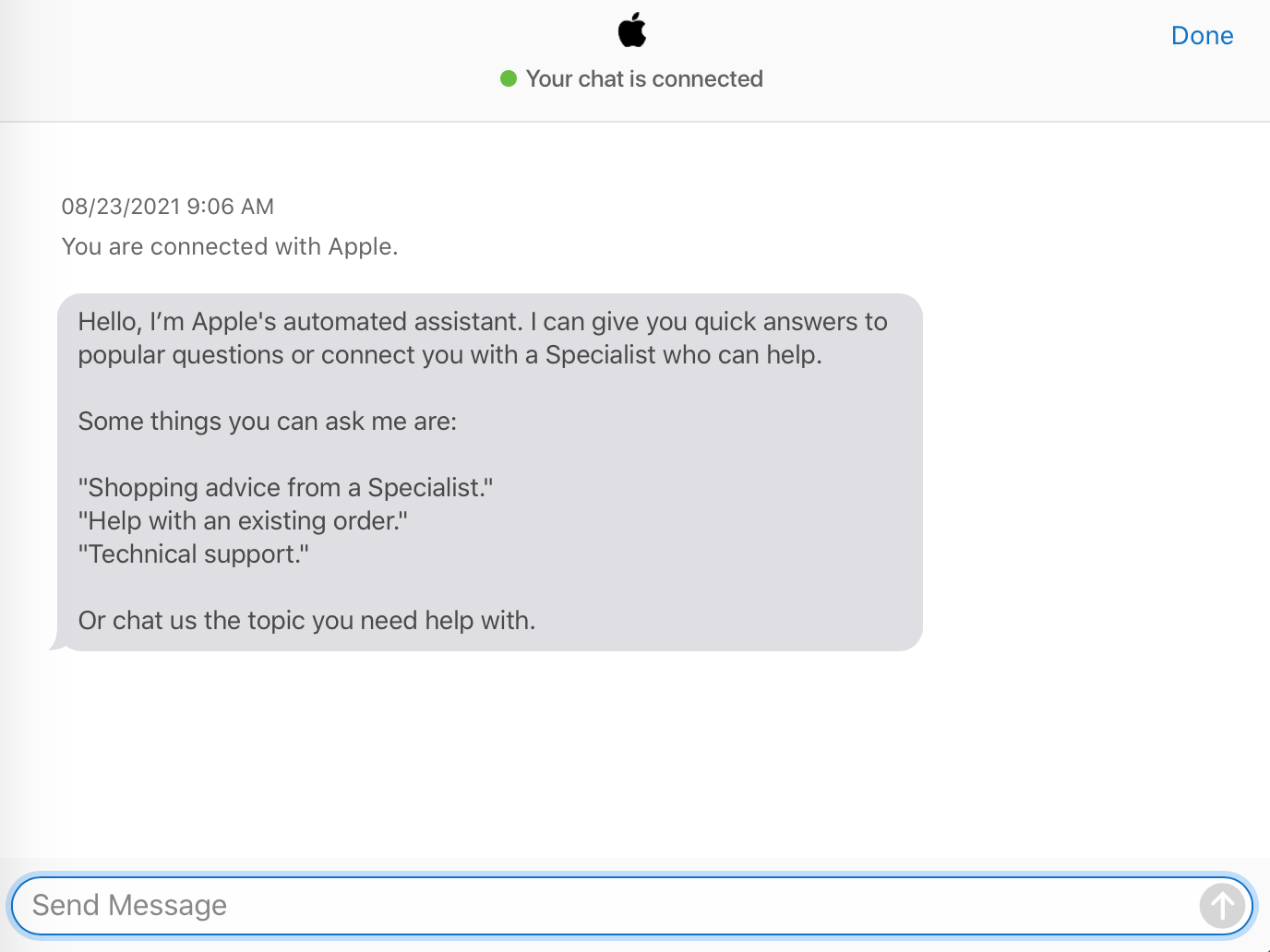
So in addition to answering more questions and increasing the number of bookings, Julie actually increased the value of bookings. Not to mention, when Julie answers questions, she tacks on subtle upsells like these: Julie “was designed to function like Amtrak’s best customer service representative,” and with 5 million answered questions per year, it’s hard to argue that she isn’t their best customer service rep. In fact, Next IT reported a 50% growth in Julie’s usage year over year. Instead of making a phone call or waiting for customer service to email them back, more and more visitors are turning to Julie. And, of course, she’s easily capable of providing information on what items can be carried on trains or helping make hotel and rental-car reservations.” Julie assists them by pre-filling forms on Amtrak’s scheduling tool and providing guidance through the rest of the booking process. “Travelers can book rail travel by simply stating where and when they’d like to travel. Here’s what Next IT says she’s capable of: Using Next IT’s advanced AI chat platform, they created “ Ask Julie” to help visitors find what they needed without having to call or email customer service. At the time Next IT published this case study, was getting 375,000 visitors every day. They have 20,000 employees and serve 30 million passengers per year.

Where the study came from: Next IT shared this chatbot case study on their website about Amtrak’s experience with “Julie”, which began in 2012.Īmtrak is the largest organization you’ll find in our list of case studies. Chatbots with advanced AI provide site visitors with a “self-service” option.Bookings through chatbots generate 30% more revenue.Over 5,000,000 questions answered every year.Saved $1,000,000 in customer service expenses in a single year.

Amtrak: 5 million questions answered by chatbots annually Some used chatbots conservatively, and others used them for everything.Ĭheck out these 10 case studies on chatbots. Some of these organizations started with live chat systems before switching to chatbots.
#Support chatbot examples full#
We’ll show you what they did, how they did it, and where you can go to see the full case study. To help you see if there are opportunities for your organization to use chatbots, we found 10 case studies of companies that used them successfully. In many cases, you’ll find that chatbots are basically a more informal way for people to navigate your website.
#Support chatbot examples how to#
The trick is knowing when and how to use them.

The best chatbots interact with more people faster than humans will ever be able to.

That’s why chatbots are most-suited for highly specialized tasks. Most of us prefer talking to humans, and that’s OK. Few things are more infuriating when you need help than having to repeatedly rephrase your question or jump through hoops to talk to a real person. Whether you use chatbots for customer service, sales, or something else, their artificial intelligence ensures that your human resources are only used when they’re needed, and that your organization communicates with the most people possible.īut the fear many organizations have is that chatbots are heavy on the artificial and light on the intelligence.
#Support chatbot examples free#
Their infinite capacity helps free up your employees and scale your organization’s efforts. And if you’re leading an organization, you can’t afford to let either of those scenarios be the norm.Ĭhatbots (more affectionately known as virtual assistants) provide a solution to both of these problems. No sales rep wants to talk to people who aren’t going to buy. No customer service rep wants to answer the same question a hundred times a day.


 0 kommentar(er)
0 kommentar(er)
